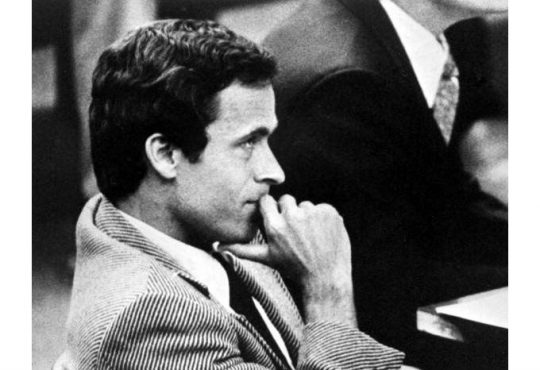At a convention in Las Vegas on Nov. 18 or 19, a Swedish game developer will announce the “release” of a game that has already sold nearly 4 million copies, earned a “big pile of awards” (developer’s words) and assembled a devout fanbase as dedicated to the game’s growth as its creators—Mojang’s “Minecraft.”
“Minecraft” is an indie, open-ended sandbox game that, in the humble words of the minecraft.net homepage, is “about placing blocks to build anything you can imagine.”
Judging from the game’s astronomical success—in its cultural impact (particularly among geeks) and considering it has never been commercially advertised—digital building blocks must have some fundamental appeal.
Think Legos on a cosmic scale: players explore a randomly generated world of blocky mountains, forests, seas and caves, gathering resources and constructing tools to shape the world to their liking.
Gameplay hinges on the simple mechanics of placing and removing cubes, an elegant concept that overlays the more complex tasks of tool-crafting, monster-slaying and structure-building.
All of this will sound like old news to fans. ”Minecraft” has been attracting attention since its first release as an alpha test on May 19, 2009, but the November “MineCon” convention in Nevada will mark its first “official” release—ports to Xbox 360 and iPhone are also in the works.
Since 2009 the game has grown into nothing less than an online phenomenon—forums and wikis offer exhaustive guides, tips and FAQs; discussion groups like the Reddit.com “Minecraft” forum (reddit.com/r/minecraft) see constant traffic and visits from the Mojang developers themselves; how-to videos, live-action parodies, merchandise and other pop-culture runoff crops up all over the web.
“Minecraft” might even make it to the silver screen: 2 Player Productions, responsible for the first season of PATV (a serial study of the folks behind webcomic mammoth Penny Arcade), is currently filming a documentary on “Minecraft’s” unique conception, reception and evolution, with a focus on the lead developer, Markus “Notch” Persson.
Persson is something of a celebrity in the gaming community. Contact with “Notch” is treasured by devotees, but not at all rare: Persson makes an effort to reach out to his fans, and it is this communication that sets him and his game apart.
In fact, the popularity of “Minecraft” is arguably a victory for Mojang’s brilliantly progressive relationship with players.
That is, there actually is a relationship—a dynamic, ongoing dialogue between creator and consumer with an inherent flexibility that commercial titles cannot hope to reproduce, titles whose only hope of improvement lies in separately released sequels or overpriced downloadable content (the infamous DLC).
Mojang, on the other hand, draws inspiration, feedback, improvements, and as a result, loyalty from the online “Minecraft” community—the game is frequently updated, and player-suggested features are often included.
Mojang’s formula is not just satisfying for their players.
Persson estimated revenue at around $33 million in April, but considering that total purchases of “Minecraft” have flown from one million in January to almost four million today (watch the total grow in real time at minecraft.net) and given that the game’s price has spiked as its “official” release looms, Mojang’s profits might have doubled since then: an enormous success, particularly for an indie game.
Digital distribution has managed to change the marketing of games, but not development itself, and so the success of Mojang’s unconventional business model represents a promising paradigm shift, or, if nothing else, a thumb-of-the-nose to draconian distribution practices that can disenfranchise consumers. (Digital Rights Management comes to mind.)
Granted, it’s unlikely that any indie game will achieve the cult status that “Minecraft” has built (crafted?) for itself, but Mojang has nevertheless paved the way for more player-driven approaches to game development, and now, as with “Minecraft” itself, the possibilities are endless.






